KENZO TANGE
Architect
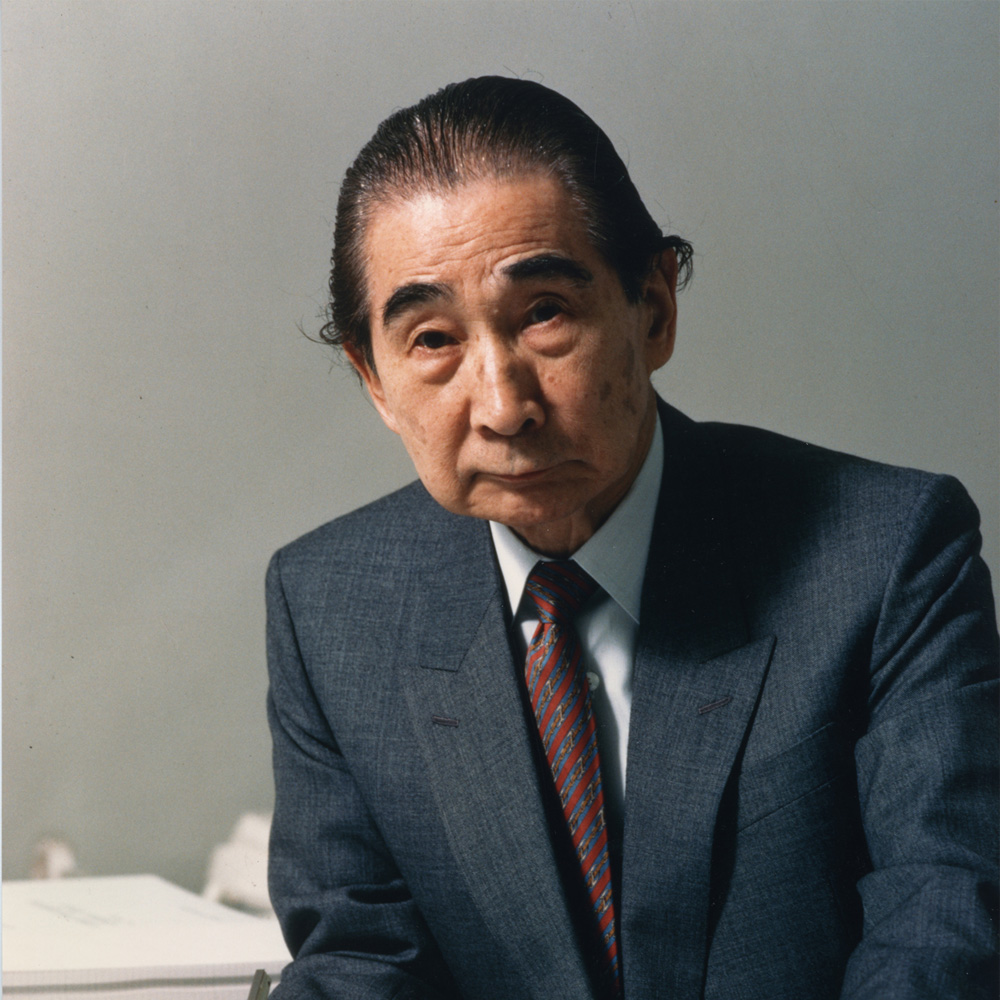
Photo by Koichi Saito
Born in Osaka Prefecture in 1913. Graduated from the Department of Architecture, Faculty of Engineering, Tokyo Imperial University in 1938, and joined the office of Mayekawa Kunio, who had studied under Le Corbusier. In 1941, he entered the Graduate School of the University of Tokyo. After graduating, he taught at his alma mater from 1946 to 1974, establishing the Tange Laboratory. There he nurtured many outstanding talents, including Fumihiko Maki, Arata Isozaki, Kisho Kurokawa, and Yoshio Taniguchi, and he also taught at universities around the world, including the Polytechnic University of Milan, Harvard University, and Tsinghua University in Beijing, China.
Several of his important early works, the Hiroshima Peace Memorial Museum, Kagawa Prefectural Office Building, and Yoyogi National Gymnasium, have been designated as Important Cultural Properties of Japan. Other major domestic projects include the St. Mary’s Cathedral, Tokyo; the Tokyo Metropolitan Government Building; and the Fuji Television Headquarters Building. Major international projects include the UOB Plaza (Singapore), the Royal State Palace (Saudi Arabia), the Grand Écran (France), the Central area of the New Federal Capital City of Nigeria, and the American Medical Association Headquarters Building (USA).
Tange received the Pritzker Architecture Prize as well as gold medals from the French Academy of Architecture, the Royal Institute of British Architects, and the American Institute of Architects. He won the Pour le Mérite Order (West Germany), the Order of Culture (Japan), and the Legion of Honor (France), and was elected a full member of the Académie Française (France). He passed away in March 2005.
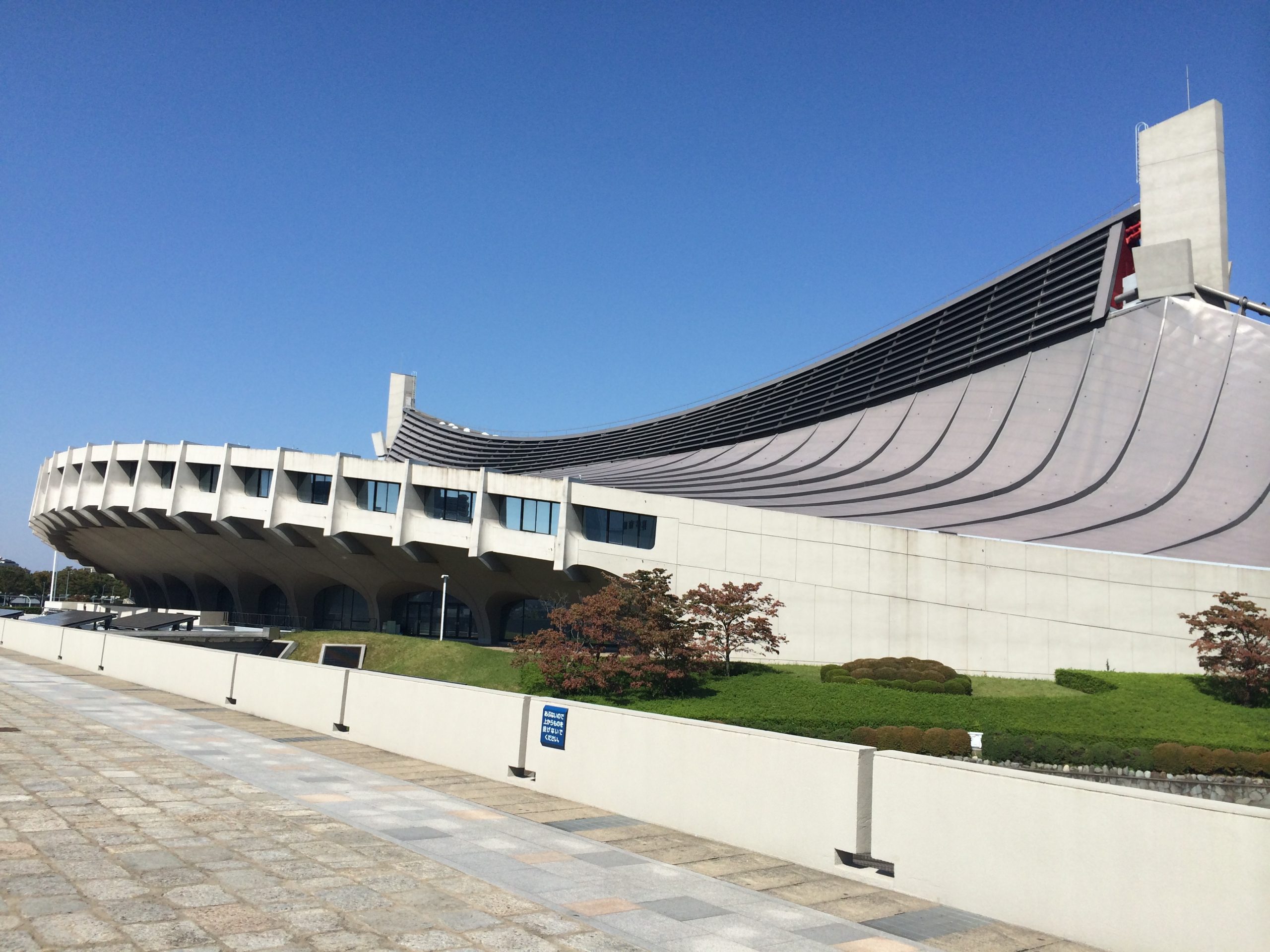
Yoyogi National Gymnasium (1st gymnasium)
Coutesy of Apricot International
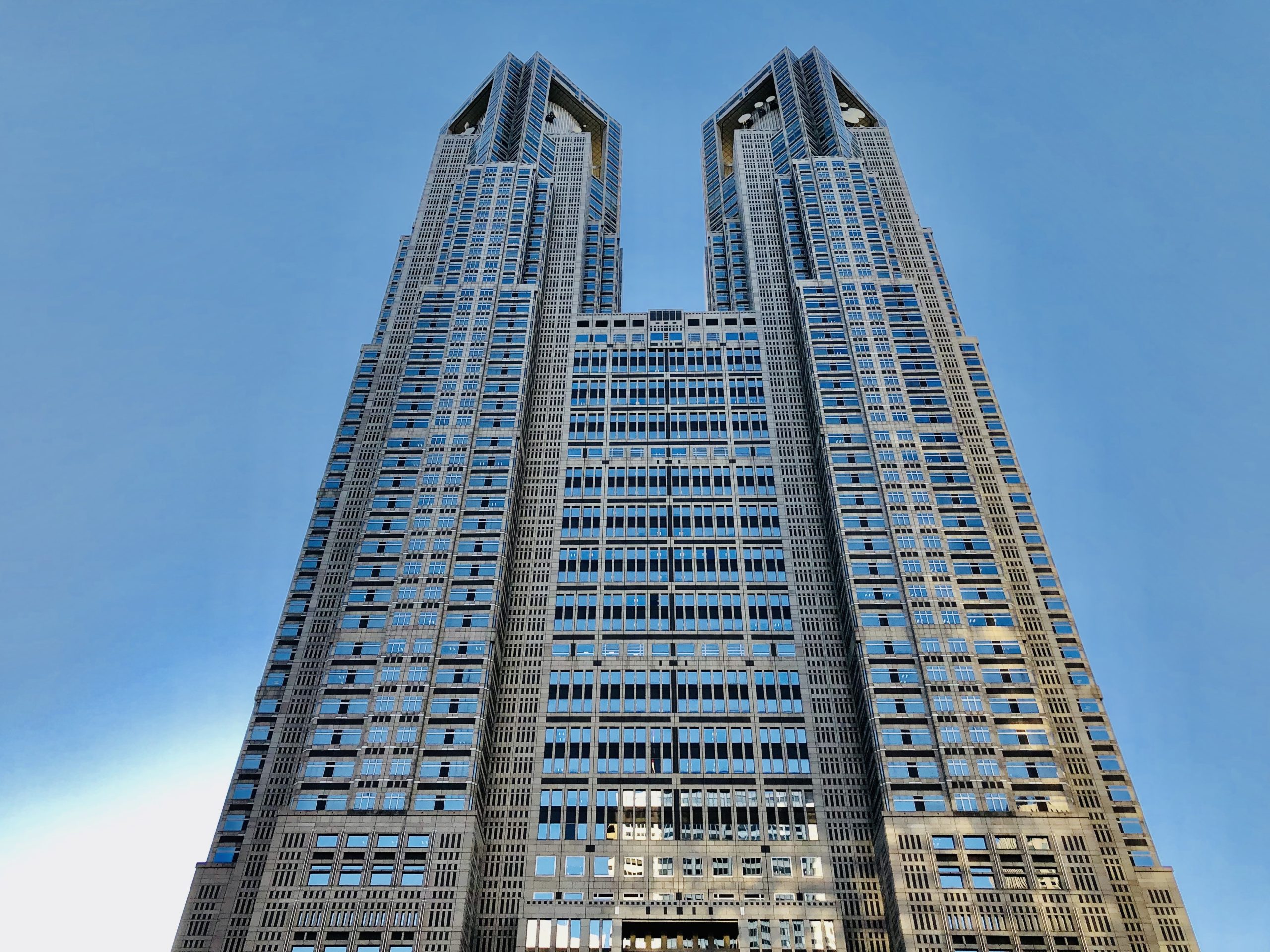
Tokyo Metropolitan Government Building
Coutesy of Apricot International
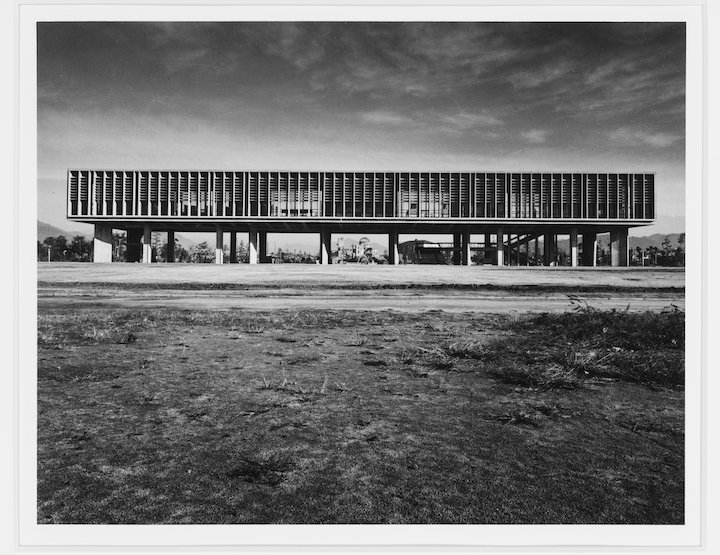
Yasuhiro Ishimoto, Hiroshima Peace Center Tange Kenzo , c.1954, The Museum of Art, Kochi ©Kochi Prefecture, Ishimoto Yasuhiro Photo Center
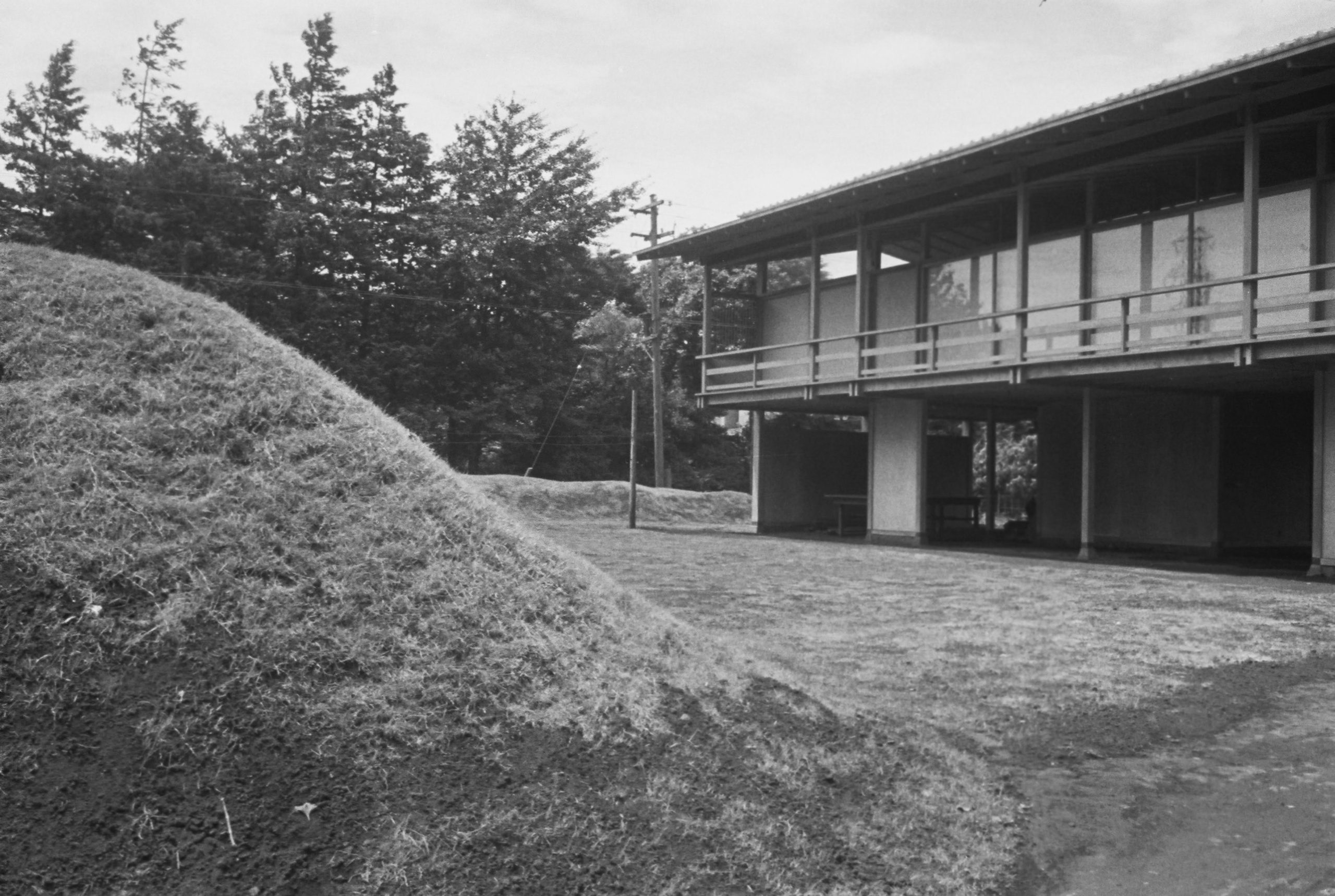
Seijo Villa (Kenzo Tange House)
Photo: Kenzo Tange
Courtesy of Michiko Uchida
-
Onomichi City Museum of Art
17-19 Nishitsuchido-cho, Onomichi, Hiroshima (within Senkoji Park)
-
Shinshoji Zen Museum and Gardens (Mumyoin/Meimeiken)
91 Kamiyamaminami, Numakuma-cho, Fukuyama, Hiroshima












